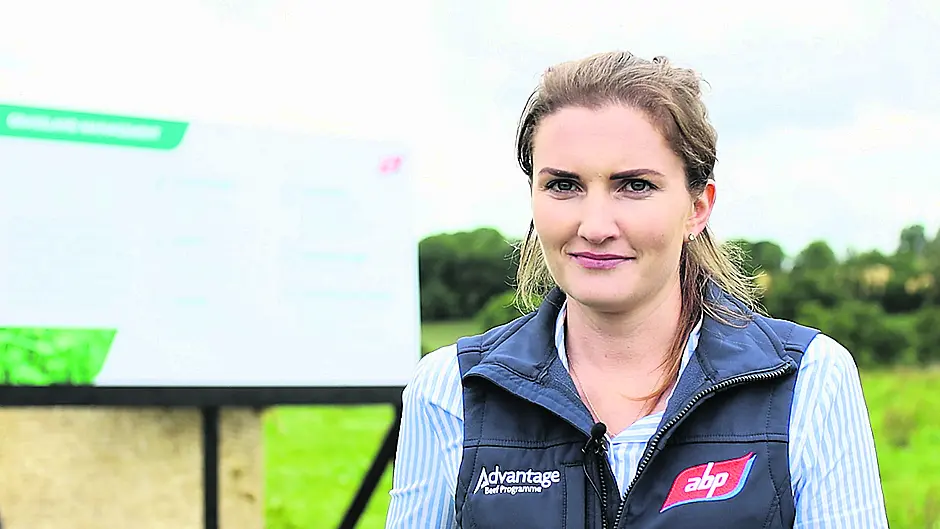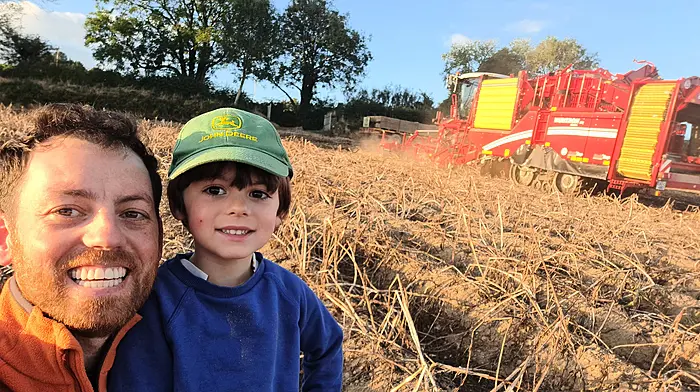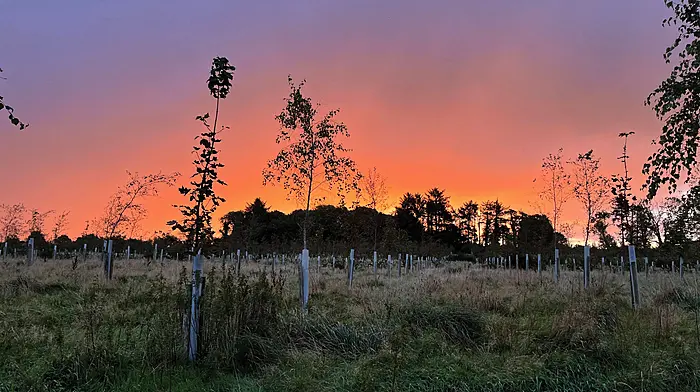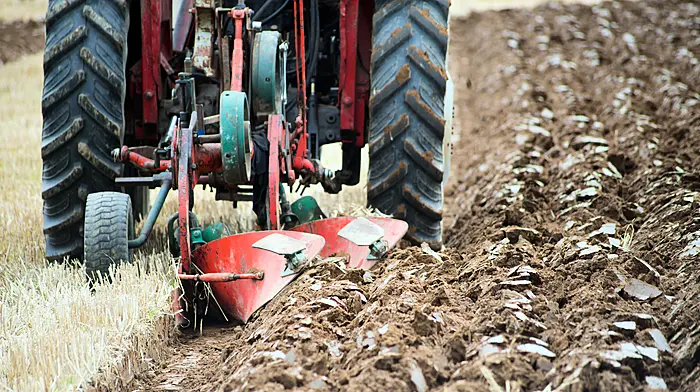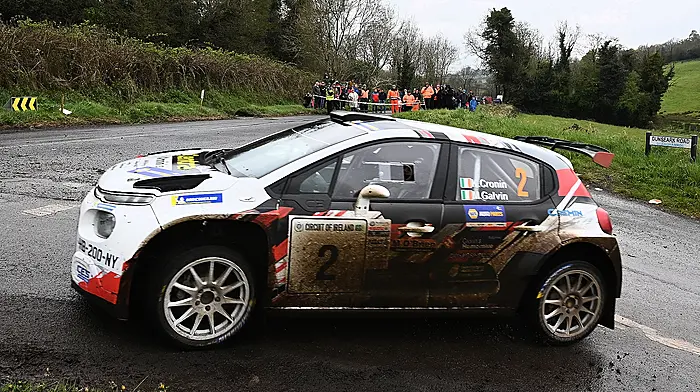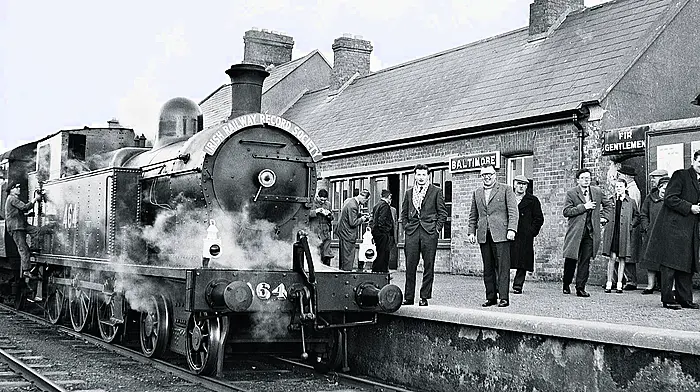A NEW soil sampling service for farmers has been launched by ABP Bandon.
Since the start of this year, soil sampling is compulsory for farms with a grassland stocking rate above 130kg nitrogen per hectare and all arable farms.
This innovative new programme is being managed as part of ABP’s Advantage Beef Programme but is open to farmers who are members and non-members of the programme.
Soil core samplers are now available for farmer suppliers to borrow from ABP Bandon.
Farmers can collect soil samples from their fields and return the soil sampler and the labelled samples to ABP Bandon. The soil samples are then tested at a soil-testing laboratory.
Research from ABP’s demonstration farm in Clonegal in Co Carlow has shown the benefits of soil sampling in optimising soil fertility and soil health. Soil samples provide valuable information on what fields require lime and what fields require additional phosphorus and potassium fertiliser.
Amie Coonan, advantage beef team leader, said this was the time to consider soil sampling your farm.
‘The ideal time to soil sample is from October to February, and samples should be taken three months after the last application of slurry, chemical phosphorus or potassium. The information obtained from a soil analysis can help farmers to lower their fertiliser inputs, target slurry at the fields which need it most, and increase grass growth, which will improve the carbon sequestration of your soil,’ said Amie.
Recent Teagasc figures indicate that only 16% of soils are at the optimum pH, phosphorus and potassium levels.
‘Therefore, it is very important to start by taking soil samples of your farm, to baseline your farm and put a plan in place.
‘If you don’t measure, you can’t manage,’ she added.
ABP’s advantage beef programme farm liaison officers are available to offer specialised fertiliser and lime advice to users of the new service, based on a farmers’ soil-sample results.
ABP has also provided a number of helpful tips on how to take an accurate soil sample:
Aim to take one sample for every five-10 acres of the farm. The maximum area for a soil sample should be no greater than 20 acres.
Fields and paddocks that have received the same treatment should be kept together for sampling. Each sample should be taken from an area that has the same slurry/fertiliser applications; has been reseeded at same time; has received lime at same time; and was cut for silage together.
The sample should be taken from the field or paddock by walking the area in a ‘W’ shape across a field. This ensures a representative sample is taken. Avoid sampling around gates, water troughs, machinery lines, ditches or where a trough was placed in the field, as these areas could distort the sample.
Each sample should be a full box of the soil corer or 20 cores. Ensure the sampler is taking full 10cm cores to ensure an accurate analysis is achieved.
If the ground is too wet, the soil sampler may not take full samples.
In this case, farmers should wait for ground to dry out before sampling.
A freezer bag can be used to store the collected soil samples. Each bag should be labelled with the field name and the name of the farmer in permanent marker.

